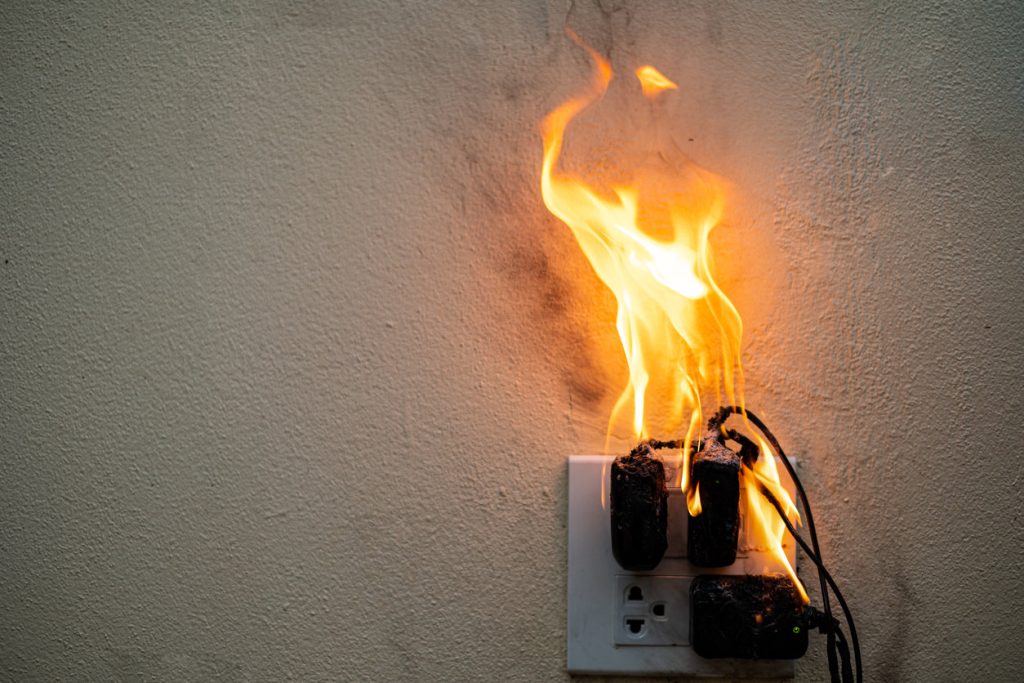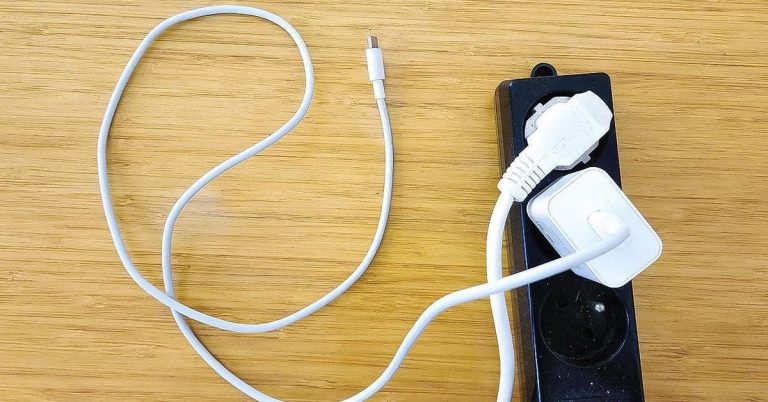In the hustle of daily life, it’s easy to overlook the small things—like a phone charger left plugged in without a phone attached. It seems harmless, right? But as we strive for a greener lifestyle and safer home environment, it’s time to shed light on this seemingly insignificant habit.
The Unseen Energy Drain
It’s a common sight in many homes: a charger dangling from a wall socket, phone long removed. What many don’t realize is that this charger is still sipping electricity. The environmental agency Ademe warns that a charger without a device continues to consume power, contributing to energy waste. Even when connected to a fully charged phone, the charger draws unnecessary energy.
A Safety Hazard in Disguise
Beyond the environmental impact, there’s a hidden danger. A charger in poor condition or of dubious quality can overheat, posing a fire risk. The heat generated by a charger can build up when it’s left to produce electricity with nowhere to go, potentially leading to a fire, especially if it’s near flammable materials.

The Cost of Convenience
Curious about how much energy your idle charger is using? A wattmeter can tell you the exact figure. An experiment by Engie in 2020 revealed that six chargers left plugged in around the clock for a year consumed 2.6 kWh. With today’s more powerful chargers, the energy consumption—and the cost—is even higher.
The Takeaway
The lesson here is simple: unplug your charger when it’s not in use. It’s a small step that can lead to significant savings and a safer home. It’s not just about the electricity bill; it’s about taking an easy step towards a more sustainable and responsible lifestyle.

